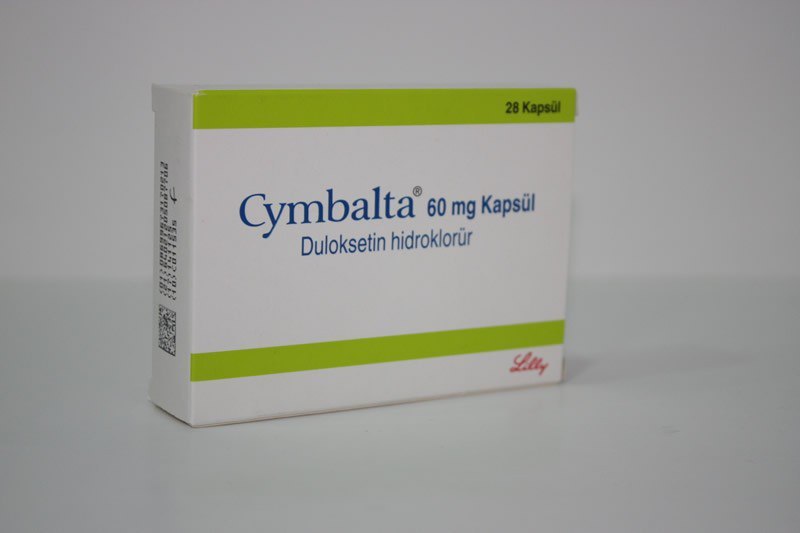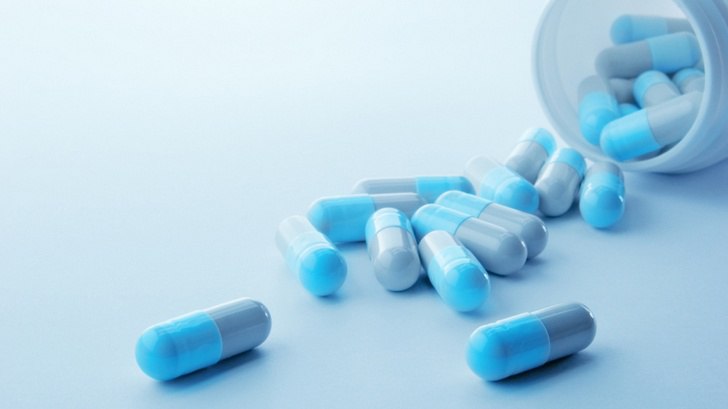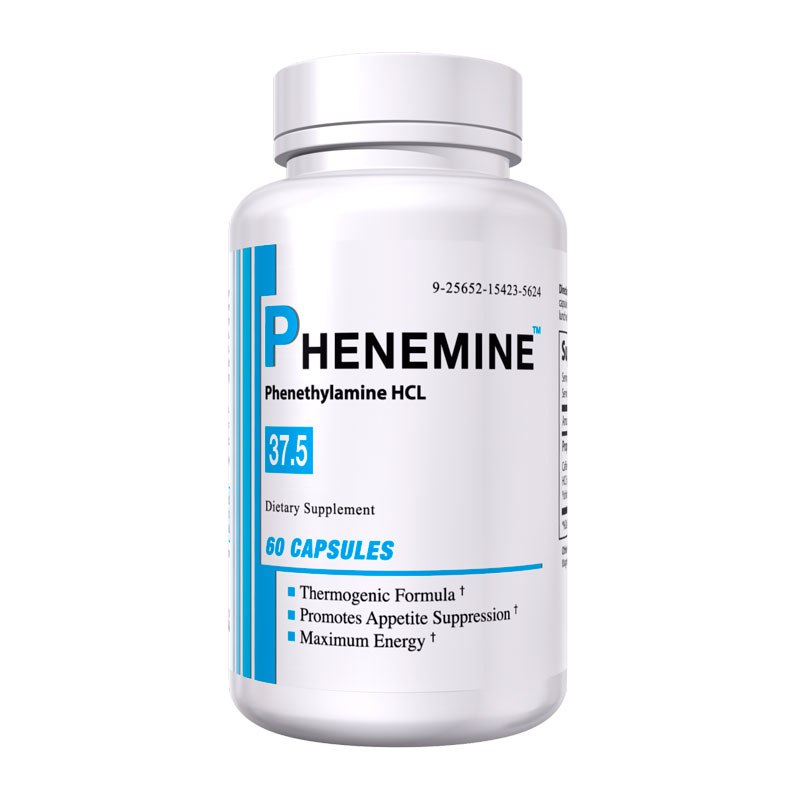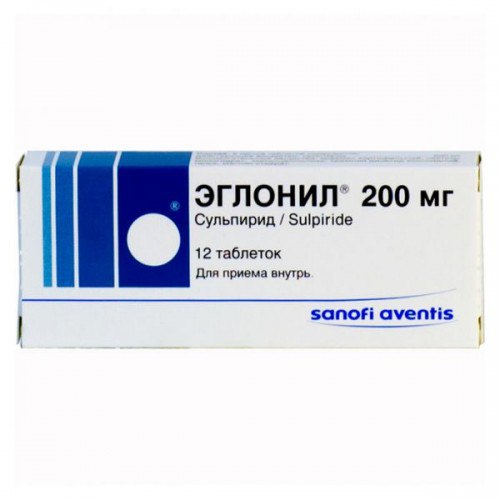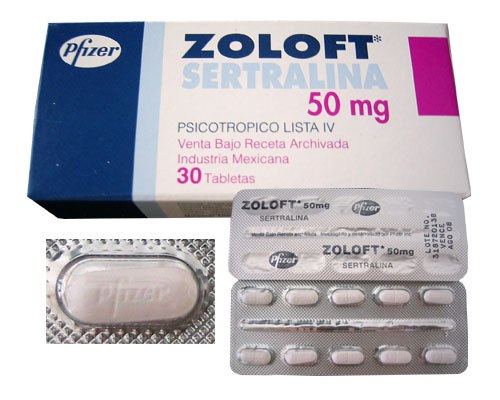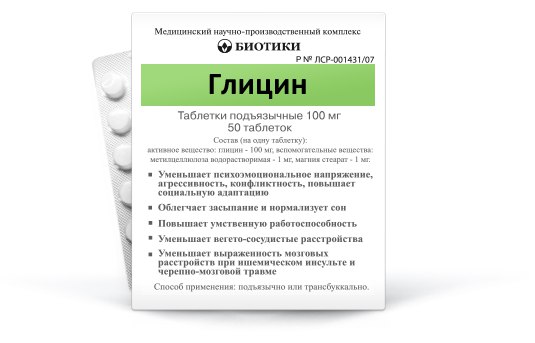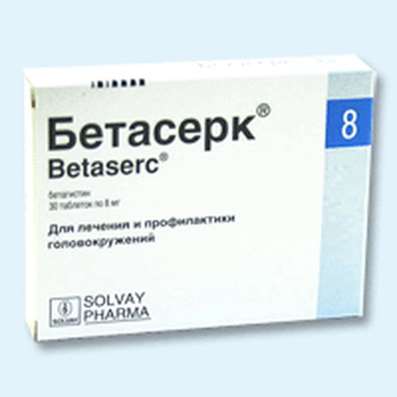Fenibut - Phenibutum
20 Mar 2018
Phenibut (γ-amino-β-phenylbutyric acid) is an anxiolytic and nootropic agent, a β-phenyl derivative of the γ-aminobutyric acid neurotransmitter.
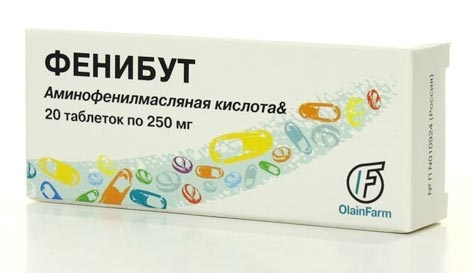
Trade names: Bifren, Noobut, Noofen, Fenibut, Anvifen
Phenibut was synthesized in the Leningrad Pedagogical Institute. Herzen Professor V. V. Perekalin. The study of clinical and pharmacological properties of phenibut was carried out in the laboratory of psychopharmacology of the Leningrad Scientific Research Institute. VM Bekhtereva senior researcher R. A. Khaunina.
At one time, Phenibut was among the medicines, which are necessarily included in the cosmonaut's first-aid kit. Conventional tranquilizers badly lowered the high level of astronaut stress, because in addition to calming effect, they also had a relaxing effect. With the reception of the Phenibut, the cosmonauts' working capacity remained at the same level.
In 1975, the phenybut preparation was included in the first aid kit of cosmonauts participating in the experimental flight "Soyuz" - "Apollo".
By chemical structure, phenobut can be regarded as a phenyl derivative of GABA, and also as a derivative of phenylethylamine.
Phenibut has elements of nootropic activity, has a tranquilizing effect, reduces tension, anxiety, improves sleep; prolongs and intensifies the effect of sleeping pills, narcotic, neuroleptic substances and psychostimulants.
Apply Phenibutum in asthenic and anxiety-neurotic states, anxiety, anxiety, fear, insomnia, and also as a sedative before surgical interventions.
Assign also with Meniere's disease, dizziness associated with dysfunction of the vestibular apparatus, for the prevention of motion sickness.
Children are prescribed for stuttering and tics.
There is evidence of an increase in the effect of antiparkinsonian drugs (due to the presence of a dopaminopositive component) under the influence of Phenibutum.
With the use of phenibut in children under 10 years of age who suffer from stuttering, speech impairment can occur, and a change in the picture of the electroencephalogram, including the appearance of sharp wave peaks, is possible. This drug should be given to children with extreme caution.
Indications:
Asthenic and anxiety-neurotic states, anxiety, anxiety, fears, insomnia, and also as a sedative before surgical intervention. A distinctive feature is the pronounced effect in the treatment of dizziness.
A direct effect on GABA-ergic receptors facilitates GABA-mediated transmission of nerve impulses in the CNS. Improves the functional state of the brain due to the normalization of tissue metabolism and the influence on cerebral circulation (increases the volume and linear speed of the cerebral blood flow, reduces the resistance of the cerebral vessels, improves microcirculation, has antiaggregant effect), also has a tranquilizing, psychostimulating, antiaggregant and antioxidant effect. Helps reduce or disappear feelings of anxiety, tension, anxiety and fear, normalize sleep, does not have an anticonvulsant effect, but enhances the effect of anticonvulsant drugs. Does not affect cholino- and adrenergic receptors. It prolongs the latent period and shortens the duration and severity of nystagmus. Reduces the manifestations of asthenia and vasovegetative symptoms (including headache, a feeling of heaviness in the head, sleep disturbance, irritability, emotional lability), increases mental performance. It improves psychological indicators (attention, memory, speed and accuracy of sensory-motor reactions). At the course reception increases physical and mental efficiency, improves memory, normalizes sleep; improves the condition of patients with motor and speech disorders. In patients with asthenia, from the first days of therapy, feeling better, increasing interest and initiative (motivation of activity) without sedation or arousal. In the appointment after severe craniocerebral trauma increases the number of mitochondria in the perifocal areas and improves the course of bioenergetic processes in the brain. With neurogenic lesions of the heart and stomach normalizes the processes of lipid peroxidation. In elderly people does not cause congestion and excessive lethargy, a relaxing aftereffect is most often absent. Improves microcirculation in the tissues of the eye, reduces the inhibitory effect of ethanol on the central nervous system. The drug is low-toxic, does not cause allergic action, does not have teratogenic, embryotoxic and carcinogenic properties.
Metabolized in the liver - 80-95%, metabolites are not pharmacologically active. Do not cumulate. After 3 hours begins to be secreted by the kidneys, while the concentration in the brain tissue does not decrease and it is found in the brain for another 6 hours. About 5% is excreted by the kidneys unchanged, partly with bile.
Side effects:
Usually well tolerated. At the first reception possible drowsiness, with an overdose - pronounced drowsiness, nausea, vomiting; increased irritability, agitation, anxiety, dizziness, allergic reactions.
With prolonged use, it is necessary to monitor the liver function and the peripheral blood picture. It is necessary to refrain from potentially dangerous activities requiring increased attention. It is not effective at the expressed phenomena of motion sickness ("indomitable" vomiting, dizziness, etc.).
Phenibut should not be combined with alcohol.

 Cart
Cart

